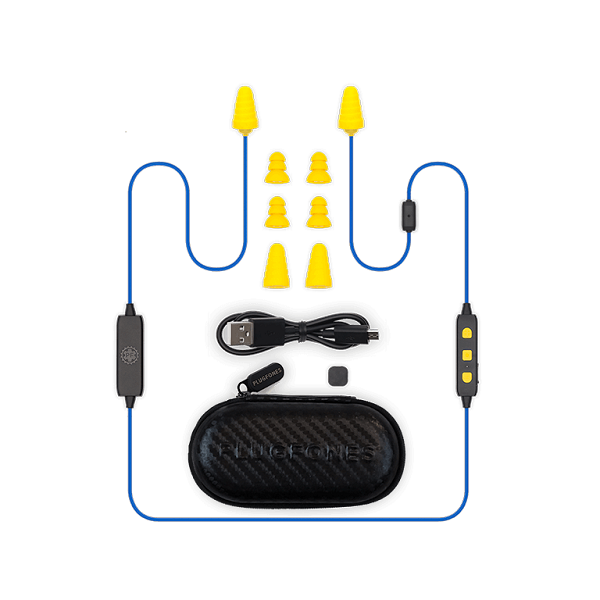A recent tunnel-related death raises more questions, and heeds the call for stricter safety measure adherence. Is convenience worth a life? Recently, I was reading a news story of a plumber who died in a tunneling accident. This particular story involved a plumber in Louisiana working in a tunnel underneath a home, when it collapsed Read more
OSHA
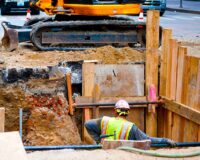
A recent tunnel-related death raises more questions, and heeds the call for stricter safety measure adherence. Is convenience worth a life?
Recently, I was reading a news story of a plumber who died in a tunneling accident. This particular story involved a plumber in Louisiana working in a tunnel underneath a home, when it collapsed, leaving the plumber trapped some four feet underground. According to Local 4 News, “emergency crews worked for over an hour and a half to free him. Firefighters also pumped fresh air into the collapsed tunnel in an attempt to help, but he did not survive.”
Now I hear about these stories from time to time, and ask myself, how do these incidences keep popping up? Are proper safety precautions and procedures put in place? Does it happen more often than we think? We are not passing judgment for this particular incident, but it is tragic, nonetheless.
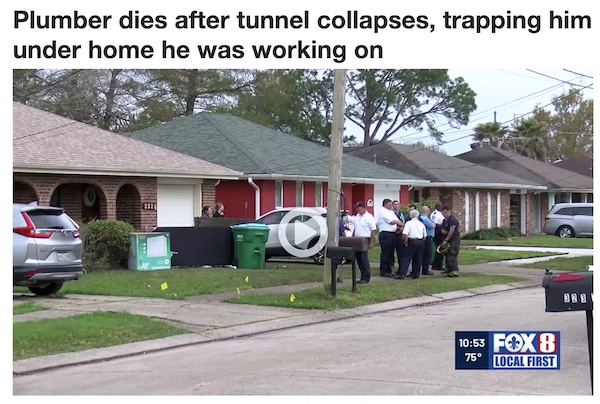
“An analysis by the National Institute for Occupational Safety and Health (NIOSH) suggests that excavation cave-ins caused approximately 1,000 work-related injuries each year, with about 140 resulting in permanent disability and 75 in death. When you consider confined space issues like asphyxiation, that number increases,” says Rachel Housman, CSP, CIH, and creator of Ally Safety, a provider of safety training and resource based on Occupational Safety and Health Administration (OSHA) requirements with a fun, modern twist for heavy industry. So, it does happen more often than we think.
According to information provided by OSHA, soil is heavy, and a cubic foot can weigh as much as 114 pounds, and a cubic yard can weigh more than 3,000 lbs. Most workers don’t realize the force that will hit them when a cave-in occurs. A person buried under only a few feet of soil can experience enough pressure in the chest area to prevent the lungs from expanding. Suffocation can take place in as little as three minutes. Heavier soils can crush the body in a matter of seconds.
For trenches between 5 feet and 20 feet deep, OSHA says shoring and sheeting, shielding, sloping and benching are all acceptable protective measures. It is up to the planners of the construction project and the competent person on site to determine which systems will work best. If an excavation is greater than 20 feet deep, a registered professional engineer must design the protective system.
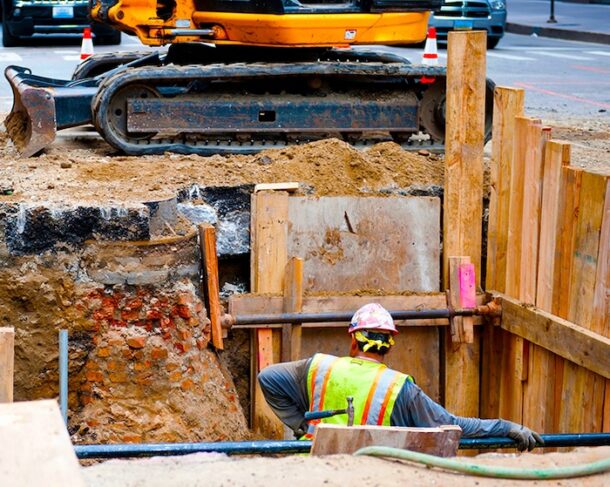
Shoring systems are structures of timber, mechanical, or hydraulic systems that support the sides of an excavation which are designed to prevent cave-ins. Sheeting is a type of shoring that keeps the earth in position. It can be driven into the ground or work in conjunction with a shoring system. Driving sheeting is most frequently used for excavations open for long periods of time. Another type of sheeting, in which plates or shoring plywood is used in conjunction with strutted systems such as hydraulic or timber shoring. These strutted systems are also referred to as active systems. The most frequently used strutted system involves aluminum hydraulic shores which are lightweight, reusable and installed and removed completely from above ground.
A shield, also known as a trench box, is another common protective system used by contractors. Trench boxes are not designed to prevent cave-ins, but rather serve to “shield” workers within the structure should a cave-in occur. This is an excellent choice when placing continuous installations, as in pipe laying. The box is placed in the trench and dragged along with the progress of the work.
The excavation and trenching standard from OSHA along with when a space will also qualify as a confined space are guidelines—let’s review:
Excavation and Trenching
• If a trench is 5 feet (1.5 meters) or deeper, a protective system must be used unless the excavation is entirely in stable rock.
• If a trench is less than 5 feet deep, a competent person must evaluate it for potential cave-in hazards.
• If a trench is 4 feet or deeper, and there is potential for a hazardous atmosphere, the air must be tested before workers enter.
Employers should also ensure there is a safe way to enter and exit the trench. Keep materials away from the edge of the trench. Look for standing water or atmospheric hazards. Never enter a trench unless it has been properly inspected.
Confined Space
It’s also considered a confined space if it meets all three qualifications below:
• Large enough to enter and perform work
• Limited means of access and egress
• Not designed for continuous human occupancy
Trenching on jobsites without proper safety precautions can’t possibly be done knowingly, right? “I think the disregard for safety is everywhere and is constant but largely unintentional. Unless you work for a big business or are part of a good union, you’re unlikely to get in-depth safety training on a regular basis. Lots of small businesses don’t know what they don’t know and OSHA doesn’t have the budget to do as much outreach as would be beneficial. Because of that, safety training actually becomes a privilege instead of a right. That’s a big part of why I do my YouTube channel,” says Housman.
So why then do good, knowledgeable people choose not to use cave-in protection? According to OSHA, lately the answer from employers is that cave-in protection would have been “inconvenient” to use. Is convenience worth a life?
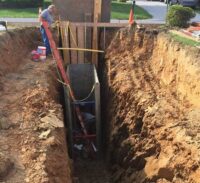
Buffalo Grove, Ill. — This past week, a tragedy occurred in the plumbing industry. On a jobsite, in someone’s front yard, a plumber died as a result of being buried alive due to a trench collapse. Twenty-seven-year-old Nikodem Zaremba was killed when the 8-ft.-deep trench he was working in collapsed on top of him. Zaremba Read more
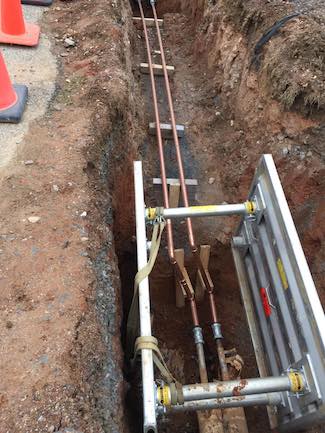
The shallow trench box was employed because the walls were unstable following soil saturation from a year’s long hydronic leak. Didn’t trust the dirt, but no trench collapse happened. Waste of time and money? No, no, and no. Why not? Think about the need to kneel beside the piping to make the connections and braze the copper joints then add insulation. That puts the employee below the top of the trench where a collapse would have the potential to engulf the employee under several tons of earth. The copper piping runs to an outdoor makeup air handler with 100% outdoor air for the laboratory at the city sewage treatment plant. Image: Dave Yates
Buffalo Grove, Ill. — This past week, a tragedy occurred in the plumbing industry. On a jobsite, in someone’s front yard, a plumber died as a result of being buried alive due to a trench collapse. Twenty-seven-year-old Nikodem Zaremba was killed when the 8-ft.-deep trench he was working in collapsed on top of him. Zaremba was co-owner of Rooter Solutions.
OSHA is currently looking into this and has opened a formal investigation into the circumstances. According to initial results, the site did not appear to have the necessary safety precautions to keep the accident from happening.
On the recent Appetite for Construction podcast, Mechanical Hub friend, Dave Yates, told the story back in 1972—the first week on the job as a young tradesman—he was called to a nearby jobsite to help three plumbers to safety by digging them out of a collapsed trench. Unfortunately, one was already dead when he arrived. The other, a couple of feet away, was buried up to his armpits. They were able to extract the other two workers to safety.
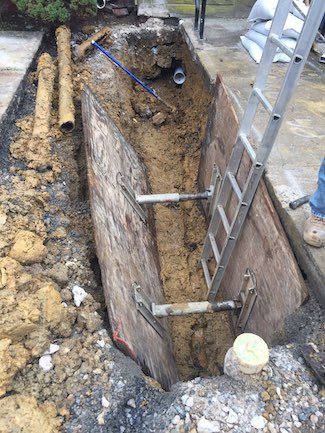
This muddy ditch was for an inner-city library where the cast iron was rotted out and raw sewage was running into their basement. A muddy sloppy mess and we were ensuring no mudslides into the ditch. Not deep enough to require shoring, but OSHA does state the ditch/trench is to be inspected by a “qualified” person to determine if shoring is needed when ditch/trench is under 5′ deep. Image: Dave Yates
Survive or not, says Yates, being buried in dirt for an extended period of time can cause major health issues, including complications called Compartment Syndrome, a condition that occurs when the pressure within a compartment increases, restricting the blood flow to the area and potentially damaging the muscles and nearby nerves.
“Victims of a cave-in are in grave danger even if they are not totally buried, and can still breathe. Circulatory problems, Compartment Syndrome, clotting, and other issues can be life threatening or cause serious injury,” commented Tim Doran on Facebook.
Listen below to hear Dave’s conversation on the podcast:
From 1979 to 2019, Yates had employees and bore a responsibility to ensure they had full-time work and would return home to their families safe each day. “Most had never worked for anyone who required the use of shoring. Even our excavators did not have shoring when we first looked at using them as subcontractors. Without either renting it or buying their own, they could not work for us. I told them they could charge extra for shoring because it was an expense for them just like any other job site cost,” said Yates.
Fifty years later, from Yates’ recollection of that day to present day, it seems that there are those that still don’t heed the best given. We pray for Zaremba’s family, and stay safe out there.
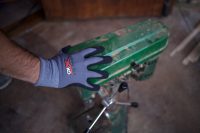
PrimeSource Building Products, an international distributor of building materials for residential and commercial needs, has launched GRX Gloves, a brand-new line of quality gloves designed with new levels of comfort and fit to promote hand safety and value. The glove lines include GRX Cold Weather, GRX Industrial, GRX Professional and GRX Tradesman. GRX Read more
PrimeSource Building Products, an international distributor of building materials for residential and commercial needs, has launched GRX Gloves, a brand-new line of quality gloves designed with new levels of comfort and fit to promote hand safety and value.
The glove lines include GRX Cold Weather, GRX Industrial, GRX Professional and GRX Tradesman.
GRX gloves will be available through the PrimeSource network of pro-contractor supply location and pro-supply locations like 84 Lumber and BMC.
See the glove live at www.grxgloves.com
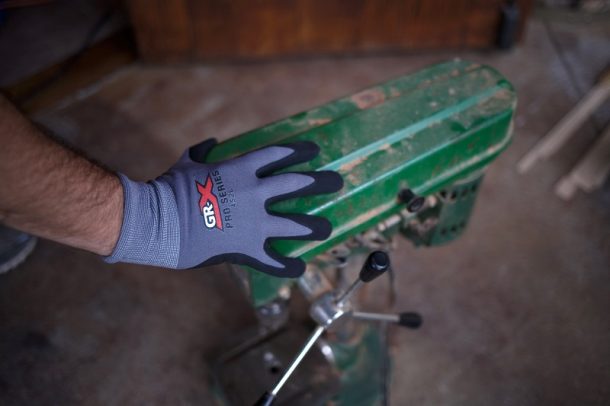
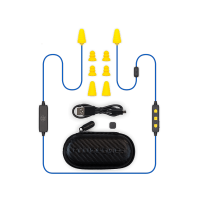
Plugfones are a combination of comfortable, safety-rated earplugs and high-quality speakers that allow you to listen and communicate more effectively on the job. Plugfones feature an ANSI- and NIOSH-certified NRR of up to 26 dB, and when paired with technologies like Bluetooth and noise isolating microphones, they make for the ultimate hearing protection + listening Read more
Plugfones are a combination of comfortable, safety-rated earplugs and high-quality speakers that allow you to listen and communicate more effectively on the job. Plugfones feature an ANSI- and NIOSH-certified NRR of up to 26 dB, and when paired with technologies like Bluetooth and noise isolating microphones, they make for the ultimate hearing protection + listening experience. OSHA-compliant volume limiting models are available.
Visit Plugfones to learn more about the ultimate in jobsite hearing and listening at their website: https://www.plugfones.com/
To read a review of Plugfones from The Hub’s Eric Aune from last year click here: Review: Bluetooth Earplugs
